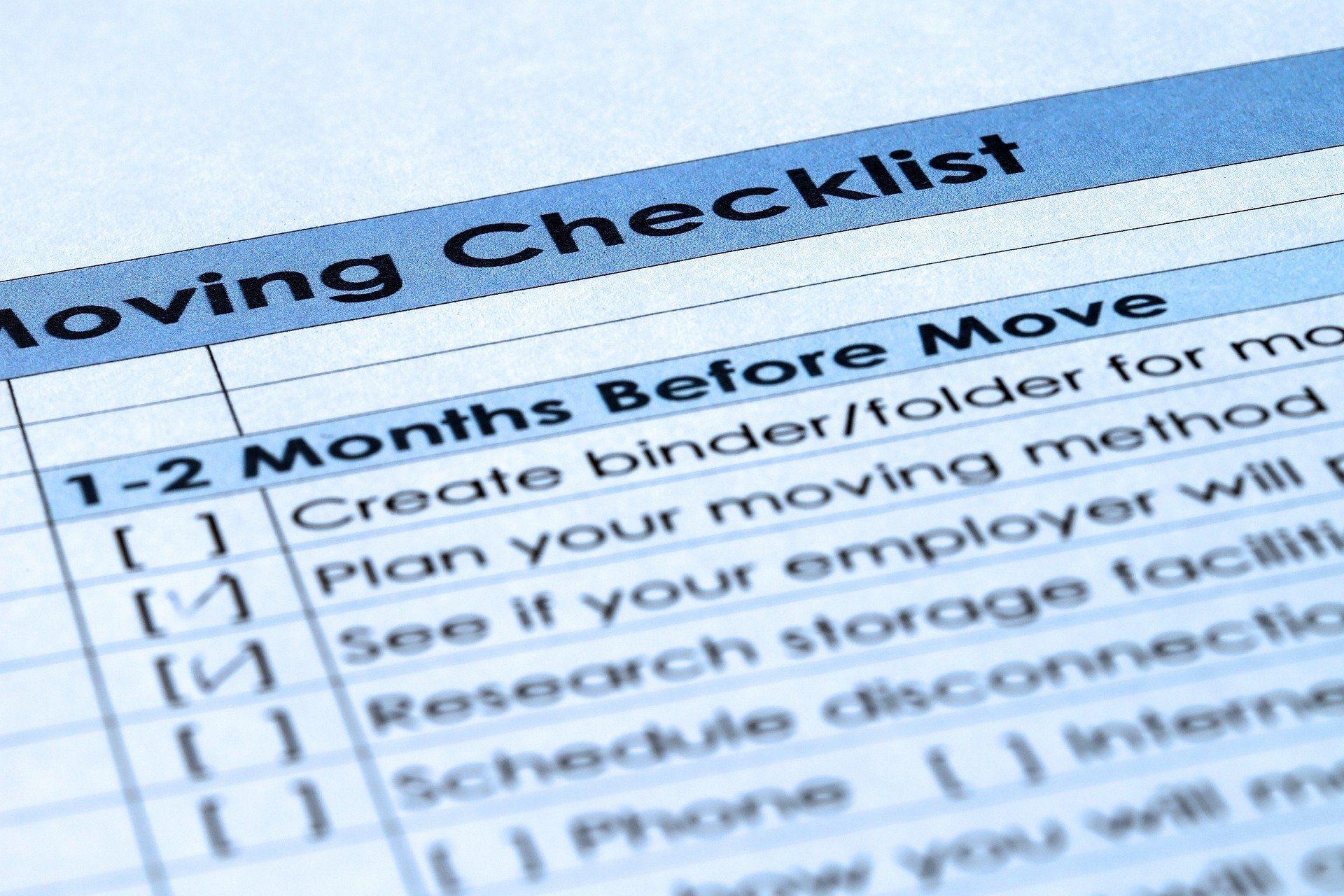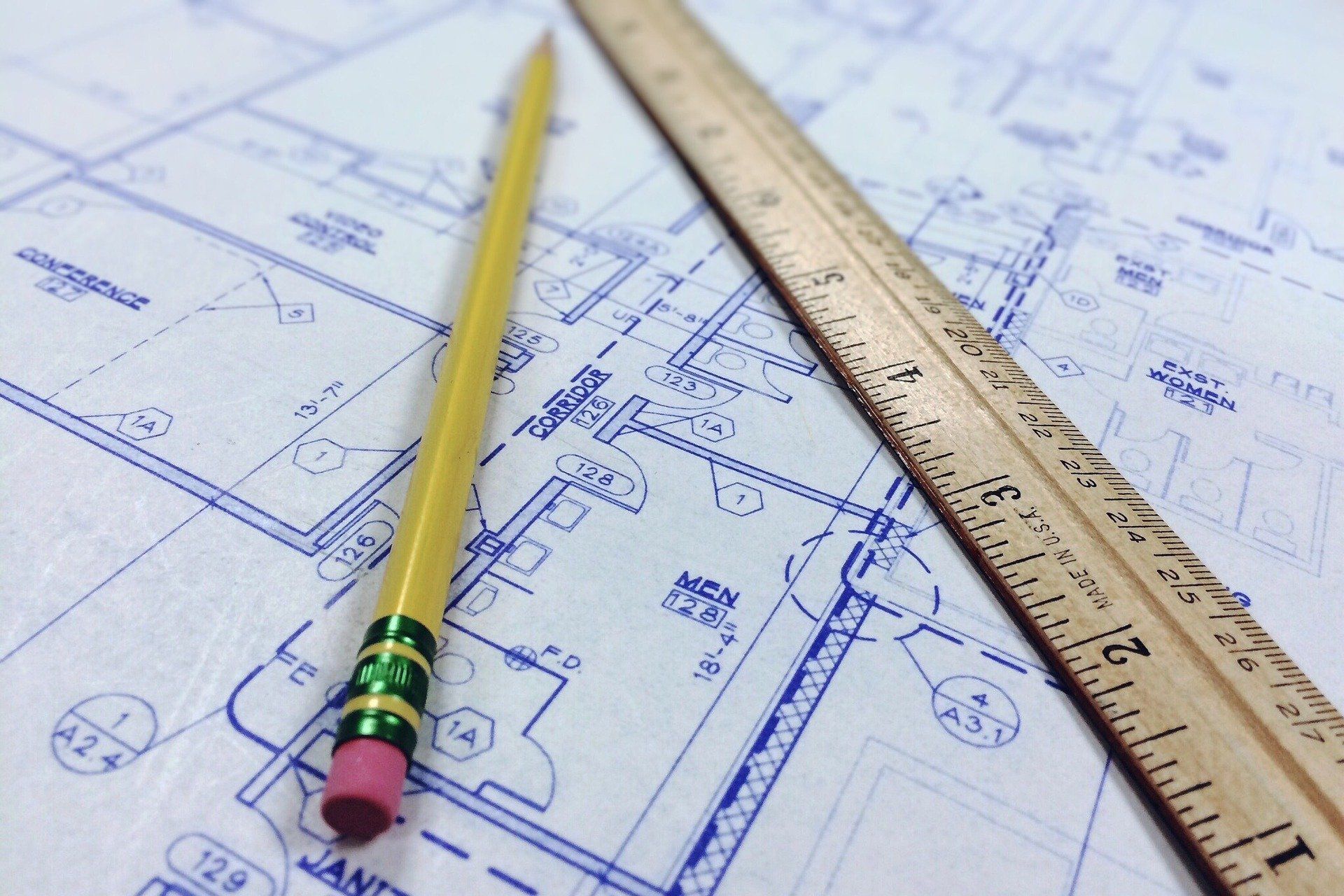Make A Moving Plan
Creating a "Moving Plan" with lists, calendars, and goals can help ease the stress of your future transition.

When you are preparing for a move, it’s important to make a list or multiple lists. You’ll have a lot of things that you want to do and things that you’ll need to do. It may even help to purchase a calendar and schedule your deadlines. Think of it as planning your own wedding. For a wedding you needed to schedule a photographer, church, officiant, wedding license, cake decorator, reception hall, caterer, dress shopping and fittings, tux rentals, ring shopping, honeymoon and more. Some of those resources needed to be scheduled weeks to months in advance. The same is true for your move.
If you’re moving into a newly constructed home, you may have meetings and deadlines with contractors, decorators, and landscapers and you may need to arrange deliveries and installation for flooring, appliances, furniture, and utility hookups. A separate project calendar can help you to easily identify deadlines and see conflicts between multiple contractors and what needs to happen to reach all the goals between various projects. A general contractor may provide you with a calendar or schedule if they are overseeing the project and can help guide you as you make decisions for what you will need to accomplish. This schedule can also guide you as you evaluate your current home and what you will need to do to prepare before your move.
A move into a pre-existing home can also benefit from a calendar to keep you on track. You may have fewer meetings to choose your new home’s decor or furnishings, but you will still need to coordinate preparations in your old home and schedule when utilities will cease at the old home and be installed in the new home, delivery of any new furniture and packing and moving dates.
You’ll need to schedule when you’d like to move or will need to be out of the house. If you can move a few days before the house transfers to the new owners this will give you time to do a final cleaning and have extra time to remove items you are donating or selling. It will allow you to focus on getting your new home in order first. You won’t feel as rushed on moving day, as you’ll still have time to go back to clean and you’ll still have a way to remove items that you may decide you no longer want after you’ve moved into your new home.
Make lists of all the companies, institutions, physicians, and others you will need to notify of your change of address. Research if you can transfer accounts to your new home for telephone, cable and utilities or if you will need to switch companies based on your new home’s service location. This may impact when you end service at the old house and start it at your new home. Do you need to contact businesses or services that you use at your old house? Do you need to change your address for subscriptions, prescriptions or other delivery services?
Set up goals on your moving calendar and keep lists, so you can easily see what you’ve accomplished, where you are, and where you need to go. It’s best if you can methodically go through each room before moving on to the next. Make lists of what furniture you’d like to move to the new home, which furniture may be sold or donated and then tackle the pieces you’re not sure about. It’s ok to have a “maybe” list as you can reevaluate these items when you have a customized floor plan and know the true dimensions of your new home. You may find that you’ll be able to take some of these items with you as you strategize your furniture placement.
Plan a few months out from your moving date if you will need to downsize for a smaller home. You’ve made a lot of memories over the years and amassed a number of sentimental items and it will take time to evaluate what you’d like to keep and what you will part with. As soon as you’ve made the decision to move, you should start the process to downsize and declutter. This is especially true if you plan to put your current home on the market, as it will need to be in tip top shape to show your home to prospective buyers. Even after your home has sold and is no longer on the market, you may want to take more time to downsize your belongings. But don’t wait until a month or two before the move to start downsizing. Even if you don’t usually have trouble making decisions, this process can be emotionally draining. You’ll want to take your time down the winding path of memory lane and not feel rushed into making decisions that you may later regret. Start early and don’t keep putting things off, because as you delay, your moving date quickly arrives.
Make lists of what you’d like to give to family and friends, then you can easily call them and see if they are interested in any of the items you have set aside for them. Set dates on the calendar for them to pick up any furniture or belongings, so they are out of the way come moving day. Anything they are uninterested in, can then be given to someone else, donated, sold or disposed of and you will free up the space.
If there are things you’re keeping that you can begin to pack now and won’t be needing in the coming months, feel free to do so. These can be holiday decorations, off-season clothing, home décor and other items you can keep in storage up until and a little beyond moving day. This will make the weeks leading up to moving day easier. A lot of people put off packing items until the last minute and then find that other needs take precedence. They are then left with a lot of stress the days before the move when they realize they don’t have time to take care of everything. Do a little each day to reach your goal and not become overwhelmed. Packing these items in advance can also open your eyes to how much you are taking with you. Do you have enough storage space for all the extras you are planning to keep? Or do you need to pare down a little more on the home décor and superfluous holiday decorations. Keep in mind that you may be moving to a new home with smaller or different decorating spaces.
Remember, packing things in advance will require space to store the boxes in your home or garage. Protecting your breakable possessions means more space is taken up with packing paper and bubble wrap, so a few fragile items could take up much more space once packed securely. It may be in your best interest to let the professionals pack your breakables, because not only are they trained in the best way to protect them, but should something be broken during the move, they will not be held responsible for items that have been packed by the homeowner. For your safety, be sure to store your boxes out of the way, so they do not become tripping hazards. Purchasing boxes that are all the same size will allow you to better stack your items and take up less space.
Make a plan, create lists and schedule your calendar to reduce stress as you prepare to move into your new home. Beyond The Fork In The Road can assist you, from the early prep work of organizing, downsizing and packing at your old house, through the moving and unpacking in your new home. We can also assist you with your asset dispositions. We’ll help you develop a customized plan that works for your needs. Contact us at 717-335-8080 for a consultation and see how we can reduce your stress as you transition to a new home.











